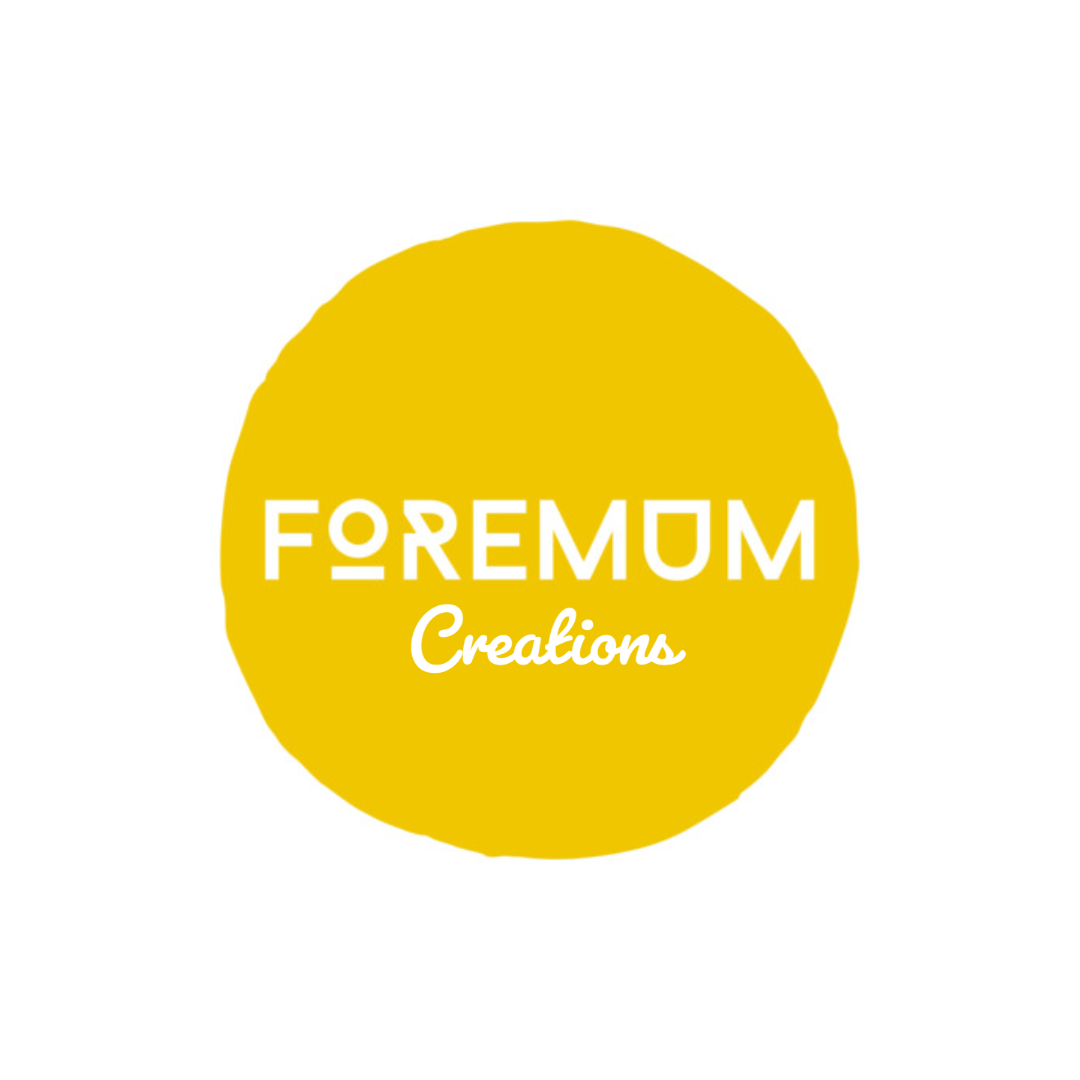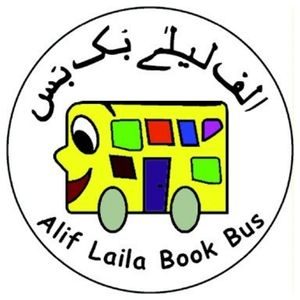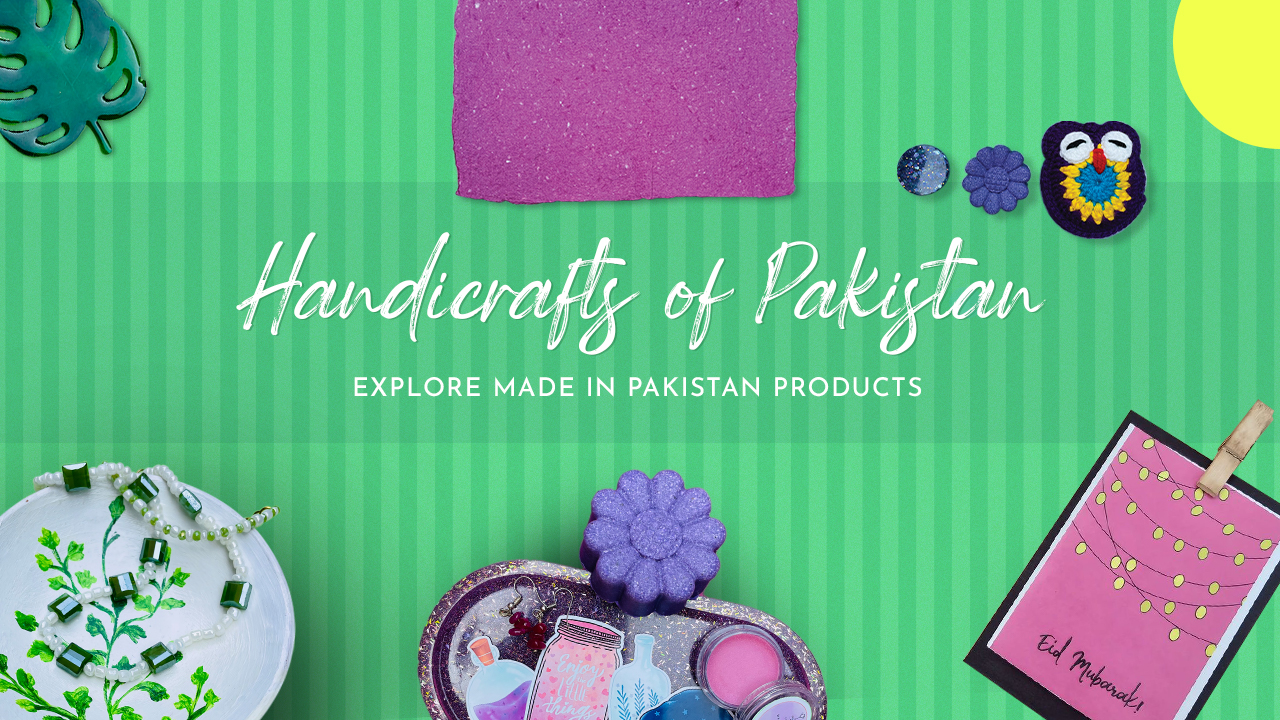Since when do Handicrafts Exist?
Handicrafts are hand-made products made by skilled people of a culture or society. Physical commodities and assets such as language, scripts, books, guides, and others are handicrafts.
Every human is unique so do civilizations, tribes, and nations differ in culture and socioeconomic makeup. Civilizations existed at the same time in history with unique cultures and lifestyles with distinct crafts.
Subcontinent and Indus Civilization
The Subcontinent has been a heritage-rich part of the world for centuries, a hub for hand-made things like statues, swords, pottery, alloys, and many others.
There has been a decline in demand for Handicrafts due to industrialization and modernization, but the people of Pakistan adore their culture and love to buy traditional things.
One such hub of the heritage-rich city in our country, Multan, is famous for Sohan Halwa to Tilla Hussar and Blue pottery. Kashi Kaari, an original idea from Chinese, Iranian and Mongolian cultures, is another name for Blue pottery for random home decor artifacts and kitchenware, a part of the handicrafts of Pakistan. Many bazars are rich in arts and crafts in Pakistan.
A list of the handicrafts of Pakistan is as below.
Ceramics and Pottery
Ceramics and pottery like vessels, pots, vases, drinkware, kitchenware, and others have been a part of the Subcontinent since the Gandharan Civilization with techniques like Niqashi or Kashi Kari in Pakistani handicrafts of Punjab and Sindh.
Brass and Copper
Kitchenware made out of brass and copper has remained popular in Pakistan over the decades. Tedious craftsmanship exists in these crafts even now in Peshawar and Swat.
Wood Carvings
One can find many wood carvings inspired by the Mughal era in Pakistan, and the Chinioti furniture from Chiniot has not lost its popularity even in modern times. The wooden decor of Bahawalpur is another inspiration with dry fruit trays, wooden hangings, and many others.
Khussa
Khussa is traditional footwear of Pakistani culture made by stitching leather soles with motifs and mirrors.
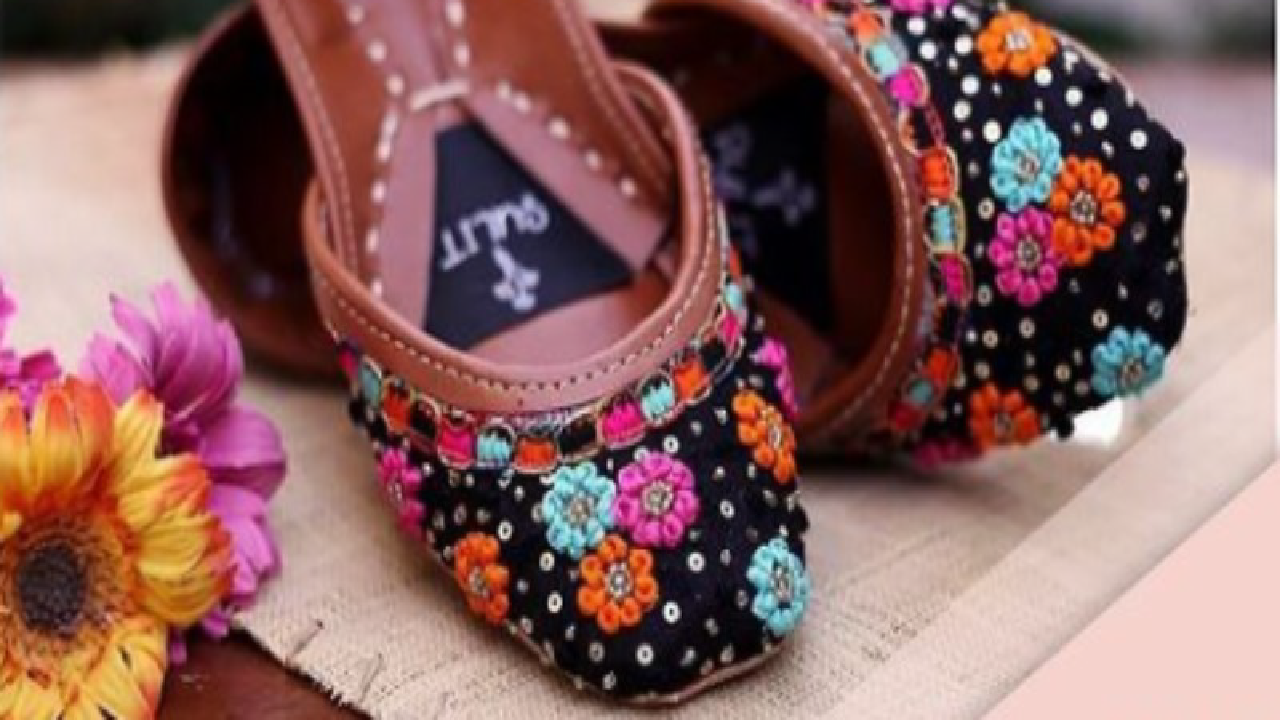
Shoes
A large variety of Peshawari chappals is available both for men and women, a favorite in Pakistan, made with leather in plain or embellished fronts for a great appearance.
Jewelry
Hand-made jewelry is available in Pakistan with resins, beads, and embellishments.
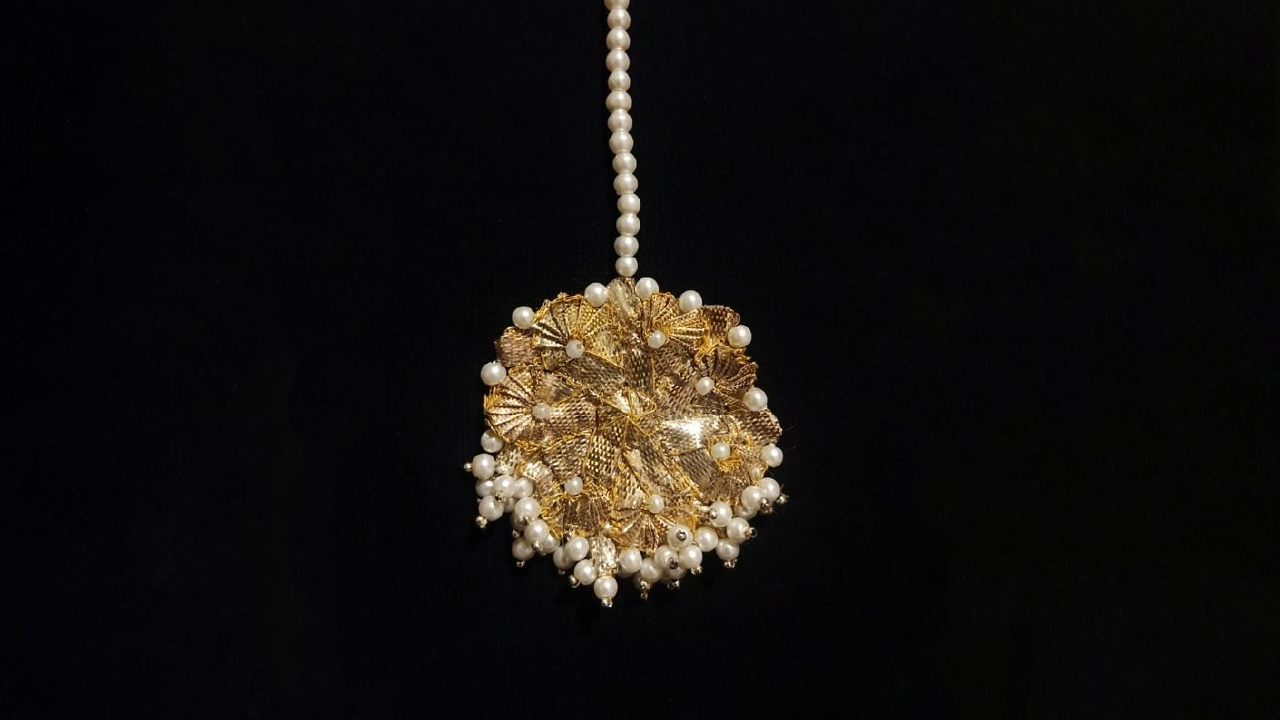
Cards
Pakistani people use their skills the right way.
One can find handmade cards with oil-painted and acrylic-painted fronts from the talented makers of Pakistan.
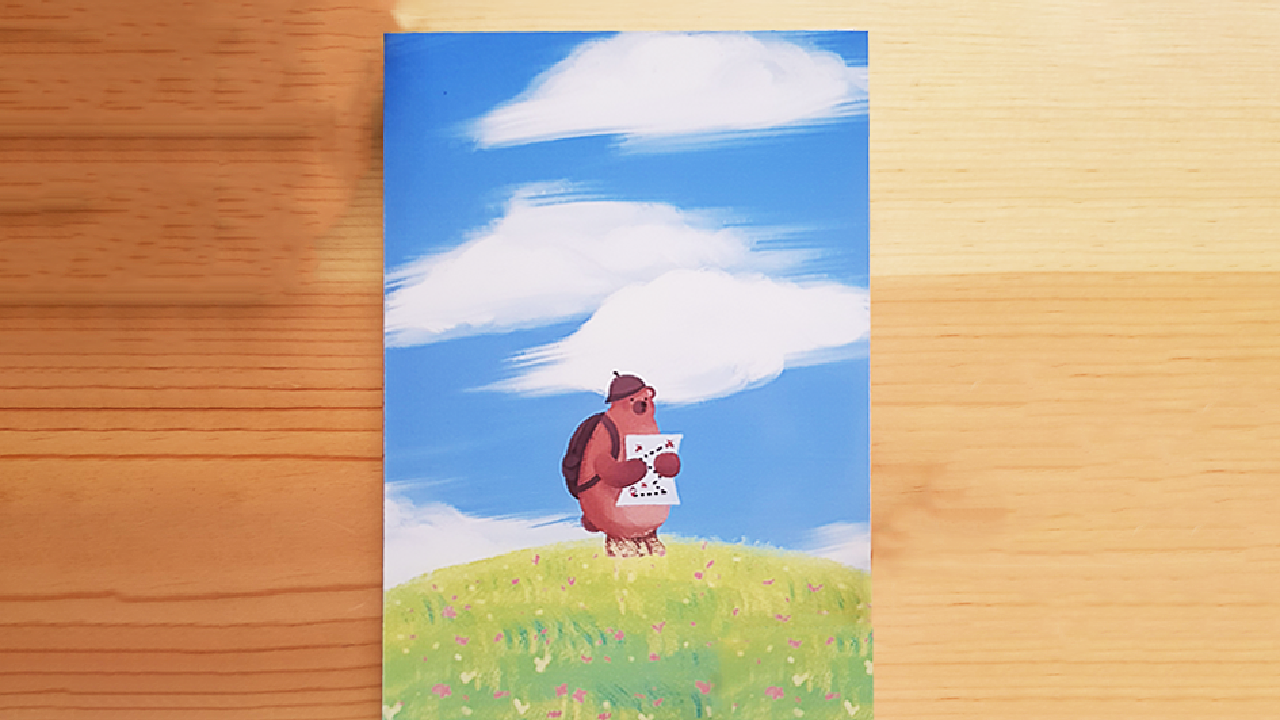
Paintings
Unique and classy paintings are in stock at online stores in techniques like abstract art, acrylic art, oil painting, or watercolor-based painting are available online, and hand-made paintings have variable prices in Pakistan as per the level of intricacy.
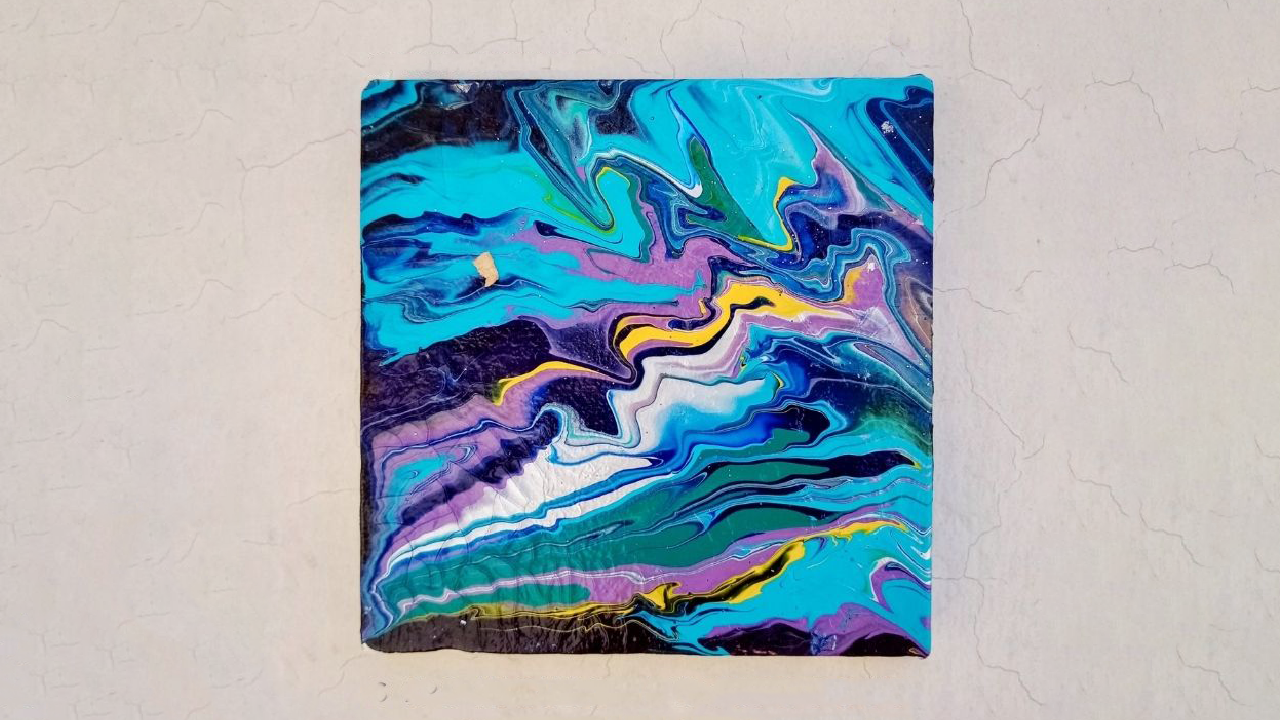
Ajrak
Ajrak originated centuries ago along the Sindh River that became popular in Mohenjo Daro ( an old civilization of the Subcontinent) reign. This Sindhi handicraft features a block printing technique. The design inspiration came from the Chaukhandi walls and the Indus civilization. A variety of Ajrak handicrafts for national and international customers is available in the markets of Karachi.
Blue Pottery
When it comes to famous handicrafts in Pakistan, blue pottery is a traditional Pakistani art. Blue pottery is a hand-made decoration piece, ceramics, and crockery of Multan and Sindh and a pure made-in-Pakistan product.
Camel Lanterns
Camel lanterns are a lovely invention of the Cholistan deserts, a hand-made decoration piece made of camel skin and then painted to create a unique aesthetic art piece. The permeable skin of these camel lanterns illuminates any space, casting a shadow of a desert night.
Gems
Gemstones are a must-have for women who enjoy wearing jewelry. The gems come from the Swat and Himalayan regions in Pakistan. The most popular ones among ladies are emeralds, rubies, and turquoise.
Rilli
Rilli was created out of need by nomadic women who could not afford new clothing. These quilts became famous later as a heritage of Pakistan.
Pashmina
One pashmina shawl is a product of an entire village of Kashmiri women made of lamb wool, patched with beautiful handwork motifs and autumn and spring flowers. Pashmina shawl is hard to find and costly.
The Pashmina shawl is most associated with the northern side, handwoven, and a show-stopper for everybody.
Carpets
Balochistan mountains and Hunza glacial slopes are the sources of carpet handicrafts in Pakistan. It is a village-wide craft that sustains the community as some carpets take weeks or months to weave. Later, Persian Art and Ottoman miniature paintings add charm as extra decor to these carpets.




